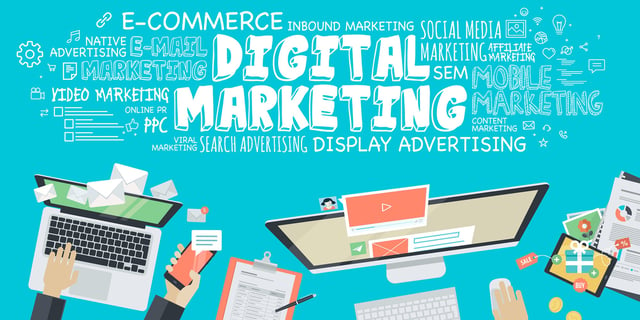
If you’re new to the digital marketing world, you may not be familiar with the jargon that comes with it, particularly the acronyms. To help you catch up, we’ve put together a short glossary that’ll help – and keep you from continually searching for definitions as you read posts.
Acronyms
- A/B testing – running concurrent marketing campaigns to measure which one performs better.
- CPA – Cost per acquisition. Pricing model based on companies being charged only when leads, sales or conversions are generated.
- CPC – Cost per click. A pricing model that charges companies for every click a user makes on an ad that leads them to your website or landing page.
- CPM – Cost per thousand. Helpful for increasing brand awareness, companies are charged according to the number of times its ad appears per 1,000 impressions.
- CTR – Click-through rate. Reports the percentage of people who click in relation to the number of impressions.
- Meta Description – The first few lines of text that appear on a SERP.
- RSS – Really simple syndication. Technology that lets people become content subscribers and get automatic alerts for updates via an RSS reader such as Feedly.
- SEM – Search engine marketing. Companies bid on search terms in order to get higher placement on search engines.
- SEO – Search engine optimization. Optimizing a webpage with keywords to rank higher on SERPs, which results in more targeted traffic.
- SERP – Search engine results page. The list of results that appear on a search engine, such as Google, after a query is made.
Digital Marketing Terms
- Backlinks provide a link from one specific website or page to another. Quality back links can increase your website’s SEO standing.
- Conversion is when a visitor to your site takes a desired action, such as email sign-up, a purchase, etc.
- Impressions defines the number of times your page or ad appears to your targeted audience. For example – one visitor viewing five pages would create 5 impressions.
- Keywords are the single terms or phrases your potential leads use to search for information.
- Keyword stuffing is a now discouraged – and unhelpful – practice of using too many keywords in content to gain viewers. Stick to valuable, relevant content.
- Landing pages on a website are optimized to be the first page visitors see when they arrive at your site.
- Organic traffic is traffic generated by a search engine such as Google, Yahoo, or Bing to your website. It’s free traffic, making it the best traffic to strive for.
- Paid traffic includes paid advertisements that point directly to your website, or keywords your brand has bid on that appear in ads to be displayed on search engines.
To learn more about how to rev up your digital marketing strategy, download our free “Jumpstart Your Inbound Marketing” guide today.





